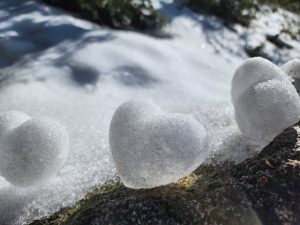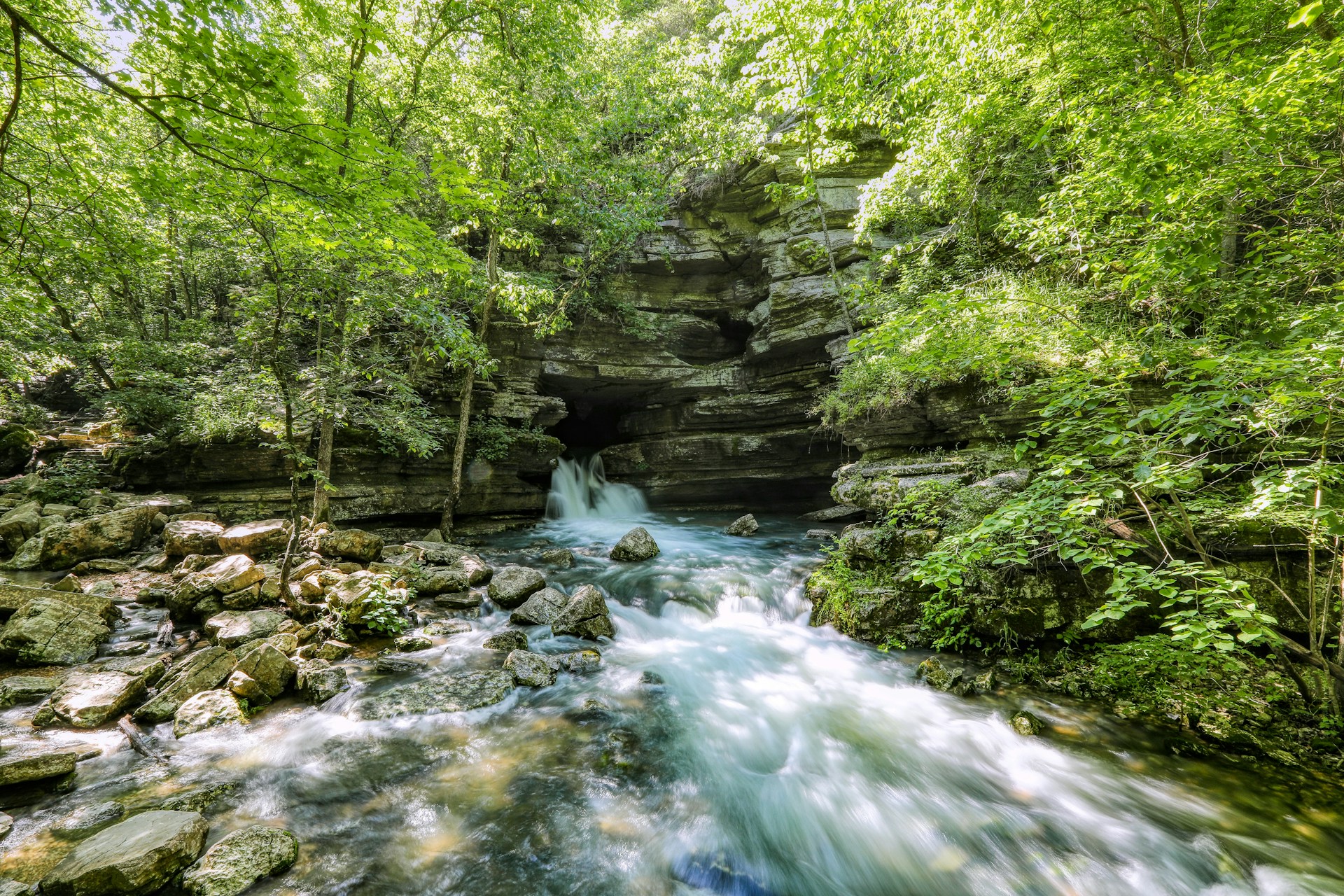
Photo by Luard Mercado on Unsplash
As I walk through Avalon, this ancient land of myth and mystery, I find myself drawn again and again to the springs. They flow endlessly, carrying whispers of the past — of priestesses who once gathered to honour the Goddess, of pilgrims who journeyed to drink, bathe, and heal, of ancestors who knew water was not just a resource but a living presence.
Standing by the waters, I am reminded: water is sacred.
Water as Spirit & Memory
We often think of water as something purely physical — something to quench our thirst, to cleanse, to cook with. Yet water is much more. It is the element that sustains all life, the very fabric of our bodies, and the carrier of memory.
Science tells us we are made of up to 70% water. Every cell, every organ, every system depends on it. But beyond its biological role, there is something deeper, something our ancestors understood instinctively: water has consciousness.

Photo by Suyash Mahar on Unsplash
The Japanese researcher Dr. Masaru Emoto brought this awareness into the modern world. (You may have heard of his bestselling book, published in 2004 – The Hidden Messages In Water. It is a fascinating read, if you have not yet seen it). Through his groundbreaking work, he showed that water responds to human thought, words, and emotion. When water samples were exposed to words of love, gratitude, or uplifting music, they formed breathtaking crystalline patterns when frozen. When exposed to anger, hatred, or negativity, the crystals were misshapen and chaotic.
His work, though sometimes debated, touched a profound truth — what we send out energetically, water receives, reflects, and remembers. And if water holds memory, then the waters of the earth — rivers, springs, oceans — are vast libraries of human history, emotion, and consciousness.
Sacred Water in Ancient Traditions
This is not a new understanding. Across cultures, water has always been revered as holy.
Here in Avalon, the springs were worshipped as the Goddess herself. To enter their waters was not just to drink, but to commune with the divine feminine, to be healed and blessed. Rituals of offering, chanting, and prayer were performed at the wells.
The Chalice Well of Avalon
One of the most beloved sacred springs here in Avalon (Glastonbury) is the Chalice Well. For centuries it has been revered as a place of pilgrimage, healing, and prayer. Its iron-rich waters run red — a symbolism that has given rise to countless legends. Some say the well holds the blood of Christ, others that it is a gift from the Goddess herself, an eternal outpouring of life force.
In contrast the White spring and its cave like Temple is also a source of natural spring water, is much shallower than the Chalice Well. Its name comes from the white calcite it contains, and is also known for its healing properties. There are several shrines at the White Spring including one to the guardian of sacred springs, Bridgid the Celtic Fire Goddess – known for healing. In the temple, the Brigid Flame continuously burns.
For those who visit, there is no doubt of its presence — the waters carry a vibration that feels timeless, both grounding and deeply nurturing. Sitting by the Chalice Well, as within the darkness of the White Spring temple, I feel as though I am in conversation with the Earth herself, listening to her heartbeat through the gentle sound of flowing water.

Photo by Jean-Paul Wettstein
Mary Magdalene & the Sacred Springs
In the mystical traditions of Avalon, Mary Magdalene is often remembered not only as a disciple of Christ but as a priestess and keeper of the waters. Many legends tell of her journeying to the sacred springs of this land, where she anointed, healed, and initiated with water as a living sacrament. The springs were seen as her temples — places where the divine feminine revealed herself through the flowing currents. To walk to a holy well, to cup the waters in one’s hands, was to step into Magdalene’s embrace, receiving her blessing of renewal and remembrance. For me, standing by these waters feels like standing in her presence — a reminder of devotion, love, and the eternal sanctity of the feminine in all her forms. I can see why people still travel from far and wide to experience the energy here and collect the healing, life giving water from the springs.
In the Vedic culture of India, water was equally sacred. Families kept drinking water in clay urns or copper vessels, believing the vessels infused the water with healing properties while also keeping it fresh and pure. Before drinking, water is blessed with mantra, offered a flower and /or yantra upon the urn in which it is kept— a vibration of sacred sound and symbol that imprints positive energy upon it. This practice was not just symbolic; it recognised water as a living energy that responds to human intention.
Ganga: The Living River of India
In India, water has always been honoured as divine, and nowhere is this more visible and perhaps widely known than in the reverence of the River Ganga. To bathe in her waters is said to wash away lifetimes of karma. To drink her flow is to receive a blessing. Pilgrims travel from all corners of India to immerse themselves in her sacred embrace, treating her not as a resource but as a Mother — a living Goddess. Even today, despite the modern challenges of pollution, the devotion to Ganga continues, the water still holds its spiritual vibration, reminding us that water is more than matter; it is spirit, healer, and teacher.
In countless traditions, from the holy rivers and lakes of India to Christian baptisms, from Native American water songs to the sacred springs of Europe, water is seen as a bridge between the human and the divine. It cleanses not only the physical body but also the spirit.

Photo by cottonbro studio
The Symbolism of Water
Spiritually, water has always been linked to emotion, intuition, and purification. It is the element of flow, adaptability, and surrender. It teaches us that life is not rigid but constantly moving, shifting, reshaping itself.
To sit by a river or immerse in the sea is to remember this flow within ourselves. Water mirrors our inner world — calm when we are still, turbulent when we are unsettled. It reminds us that emotions too must move, be expressed, be released, otherwise they stagnate.
Perhaps this is why tears are so healing. They are not weakness but sacred waters of release.
Water in the Body & Soul
Since our bodies are mostly water, the way we treat it and speak to it matters deeply. If thoughts and emotions influence water at the molecular level, then the words we speak to ourselves, the prayers we whisper before drinking, and the gratitude we offer all ripple into our inner waters.
Blessing your water is therefore not just ritual, but medicine. When you hold a glass, pause for a moment. Offer gratitude. Speak words of love. Whisper a prayer. Feel the shift in energy before it touches your lips.
These small, conscious acts remind us that we are not separate from the waters of the earth. What we do to the rivers, we do to ourselves. What we pour into our oceans, we pour into our own blood.

Photo by Carol Lemos
Modern Science Meets Ancient Wisdom
Interestingly, science is beginning to catch up. Research into structured water, bio-resonance, and quantum biology is uncovering that water is not inert but highly responsive to energy fields. It can hold patterns, transmit information, and even amplify frequencies.
This echoes the ancient practices of using copper vessels, chanting mantra, or offering prayer. These were not just superstitions but profound understandings of the relationship between consciousness and the natural world.
Bringing the Sacred Back Into Daily Life
So how do we bring this wisdom into our modern, often busy lives? Here are a few simple practices you can try:
Bless your water: Before drinking, pause, hold your glass, and speak a word of gratitude or intention. Notice how it feels.
Use natural vessels: Store your drinking water in copper or clay if possible. These not only purify but energetically enrich the water.
Infuse with mantra or sound: Play soothing music near your water, or softly chant a mantra.
Sun and moon charging: Leave your water in glass containers under the sunlight or moonlight to absorb their subtle energies.
Crystal infusion: Place cleansed crystals such as rose quartz or amethyst around your water (never directly inside unless you are sure they are safe) to imbue it with gentle vibrations.

Photo by Alai Photography on Unsplash
Returning to Reverence
After spending so much time by the sacred waters of India, and as I now stand at the waters of Avalon, I feel a deep gratitude for this reminder. Our ancestors worshipped here not out of superstition, but from knowing that water is life, spirit, and memory.
Perhaps now, as we face ecological crisis and disconnection, the call is to remember again. To re-sacralise our relationship with water. To see it not just as a resource, but as the living essence of the Goddess, the flowing memory keeper of earth and humanity.
And maybe, the next time you drink, you will pause to say thank you — to the spring, the cloud, the river, the rain, and the endless cycle of life that allows that sip to exist.
Water holds us. Water remembers us. And water — in all her flowing grace — teaches us how to return to ourselves.
Main – Photo by Mick Haupt on Unsplash





